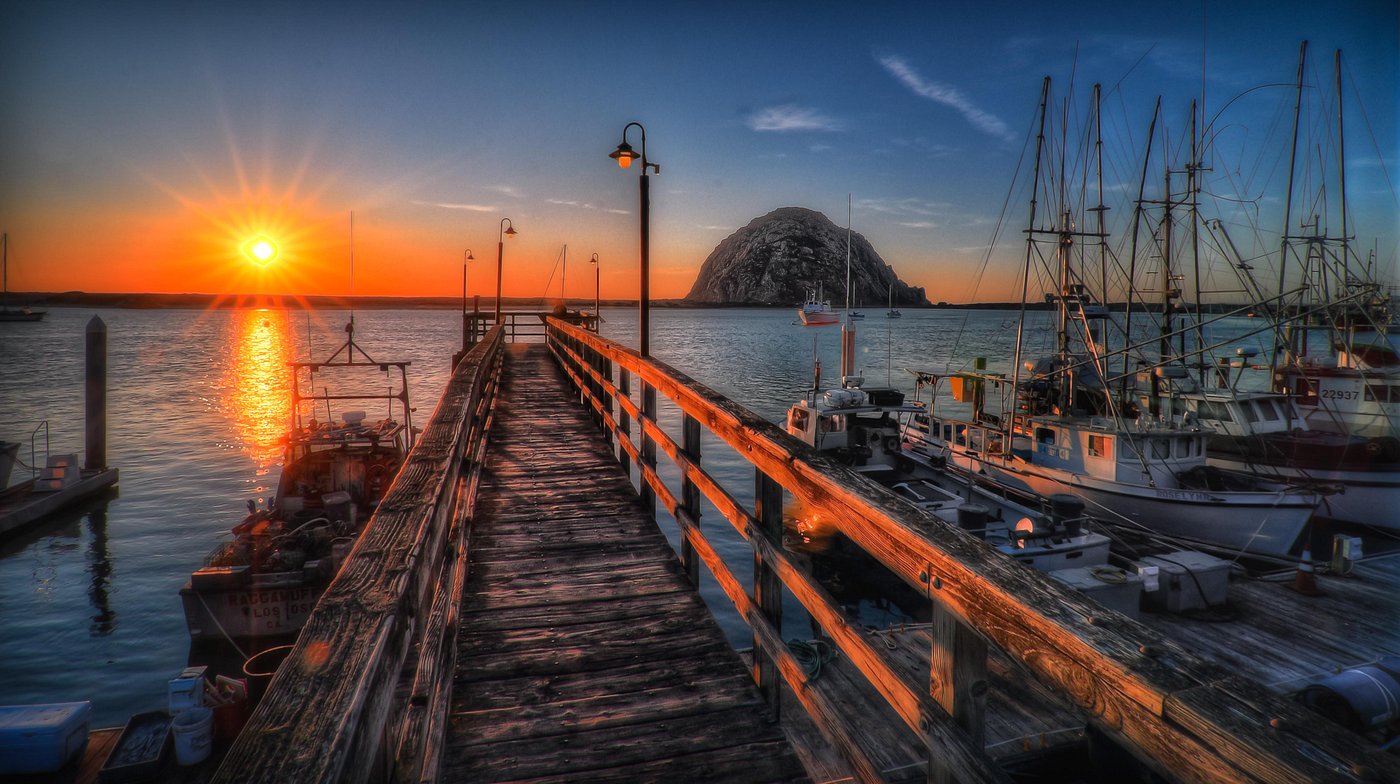President Biden has cleared the way for wind turbines off the coast of California. Logistical challenges posed by a deep ocean floor and opposition from the Navy, which historically hasn’t wanted obstacles for its ships, had kept industry from turning to the Pacific Ocean for offshore wind. The Navy, however, has now given its blessing to two areas off the California coast for developing wind turbines: a 399-square-mile area in Morro Bay about 20 miles offshore central California and another area off the coast of Humboldt County near the Oregon border. The Department of the Interior plans to auction a lease in one of those areas in the middle of 2022. Governor Newsom estimated that the California sites could hold more than 300 turbines.
Another estimate is that the area could hold about 4.6 gigawatts of wind turbine capacity. With offshore wind’s capacity factor of about 45 percent, this would roughly approximate the power lost from California’s last remaining nuclear generating units at Diablo Canyon, scheduled for retirement in 2024 and 2025. Essentially, this is replacement electricity for another non-carbon energy source.
While the offshore wind industry has taken off in Europe, particularly near the coasts of Norway and the United Kingdom, it has been installed where the water is shallow and turbines can be anchored to the ocean floor. By contrast, the Pacific Ocean floor drops steeply from the coastline, making the water too deep to anchor wind turbines. As a result, companies are planning on building floating turbines. There are about 20 small floating turbine farms outside the United States, but none as large as Governor Newsom envisages.
ENBW, a German electric utility that owns and operates four wind farms off the coast of Germany, plans to bid on leases to build a floating wind farm in Morro Bay. The project, called Castle Wind, would consist of dozens of floating turbines. It would be ENBW first foray into producing floating turbines. The company has spent the past five years working with the Federal government and California to clear the way for the project.
Outrage from the Opposition
Groups representing the fishing industry are outraged, claiming that the Biden administration has instituted a plan that is larger and more potentially disruptive to marine life than they had discussed. According to the president of the Morro Bay Commercial Fishermen’s Organization, a location of about 120 square miles was picked for the project with a memorandum of understanding documenting its suitability. The enlarged area of 399 square miles more than triples the impact upon the area which they argue will result in a loss of fishing grounds due to the size of the project and the cables in the water needed to get the electricity to consumers on the mainland.
Morro Bay, California

Status of Offshore Wind Projects in the United States
Only one small wind farm is currently operating offshore in U.S. waters. It is a 30-megawatt array off the coast of Block Island, Rhode Island. Recently, the Block Island wind farm had to undergo extensive work to bury the cables further underground, with some of the cost passed onto consumers. Because the power of these 6 wind turbines replaces power from floating diesel generators, electricity customers on Block Island were used to expensive electricity. However, floating wind farms, as California will need to install, are more expensive to develop than those that are fixed to the seabed. California’s residential electricity rates are already the 6th highest in the country.
The Biden administration has pledged to build 30,000 megawatts of offshore wind in the United States by 2030—most along the Atlantic coast from Virginia to Massachusetts. The Interior Department’s Bureau of Ocean Energy Management indicated that the agency would complete the review of at least 16 new offshore wind project plans by 2025—19 gigawatts of power. The Biden administration has already approved the nation’s first sizable commercial-scale offshore wind farm, Vineyard Wind, to be built off the coast of Martha’s Vineyard in Massachusetts. About a dozen other offshore wind projects along the East Coast are now under federal review. The new coastal Massachusetts wind farm is expected to have up to 84 giant wind turbines—about a quarter of what Governor Newsom is anticipating for California.
Offshore Wind is Expensive
Offshore wind is far more expensive than other generating technologies, including coal, natural gas, nuclear power and onshore renewable energy, according to the Energy Information Administration. In 2026, the agency estimates that producing one megawatt-hour of electricity from offshore wind will cost about $121–almost double the cost of generating that same amount of energy with an advanced nuclear reactor ($69), more than three times the projected cost of producing it with natural gas ($37), and even more than a new coal plant ($73). Large increases in electricity prices will be particularly harmful to low- and middle-income consumers and particularly painful in New York, California and New England, where consumers already pay some of America’s highest electricity prices. And, as the Block Island wind project indicates, costly repairs may be needed as well after the wind farms are built. That may be particularly true of the floating offshore wind farms California is envisaging since none of that size have been built to date.
Conclusion
President Biden has given the go ahead to allow wind units offshore California, which previously had not been pursued due to logistical challenges and military opposition. Due to the steep depth of the waters, floating wind turbines, which are more expensive to build than those affixed to the seabed, will need to be used. Only a handful of small floating wind turbines have been built to date. Governor Newsom envisages over 300 turbines at the two sites that will be auctioned off. Since offshore wind is very expensive, California electricity consumers can expect their rates to continue to increase.



